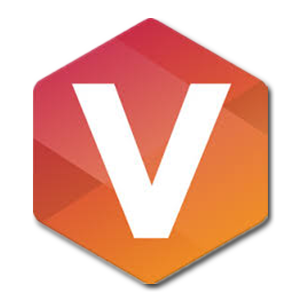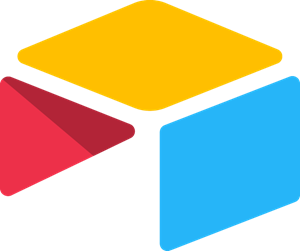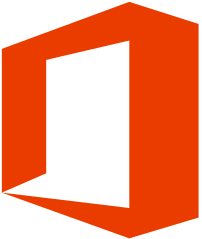The Avatars Project
Platform: Oculus Rift · Engine: Unity · Team Size: 7 · Timetable: 2 Months
The Avatars Project is a virtual reality simulation for the Oculus Rift developed by a Guildhall students and faculty. In conjunction with the Psychology Department at SMU, this application was developed to teach high-school and college age students how to deal with peer pressure in stressful social situations. Only two members of the team were students: myself and my co-producer.
This project was short, but I was responsible for setting a milestone schedule and delivering the product on time to the customers. Throughout the process I removed blockers for the team such as identifying sound clips and implementing them, and setting up the delivery hardware so I could test the application on the final destination computer. I focused primarily on development of the Porch scene with a programmer and two artists.
Contributions and Tools
Role: Co-Producer
My Contributions:
Performed Scrum master duties
Scheduled project and milestone/delivery dates
Installed Rifts on delivery machines
Tested application on Rifts
Prepared delivery machines for delivery
Added sounds to Unity project
Tools I Used Daily:
Images


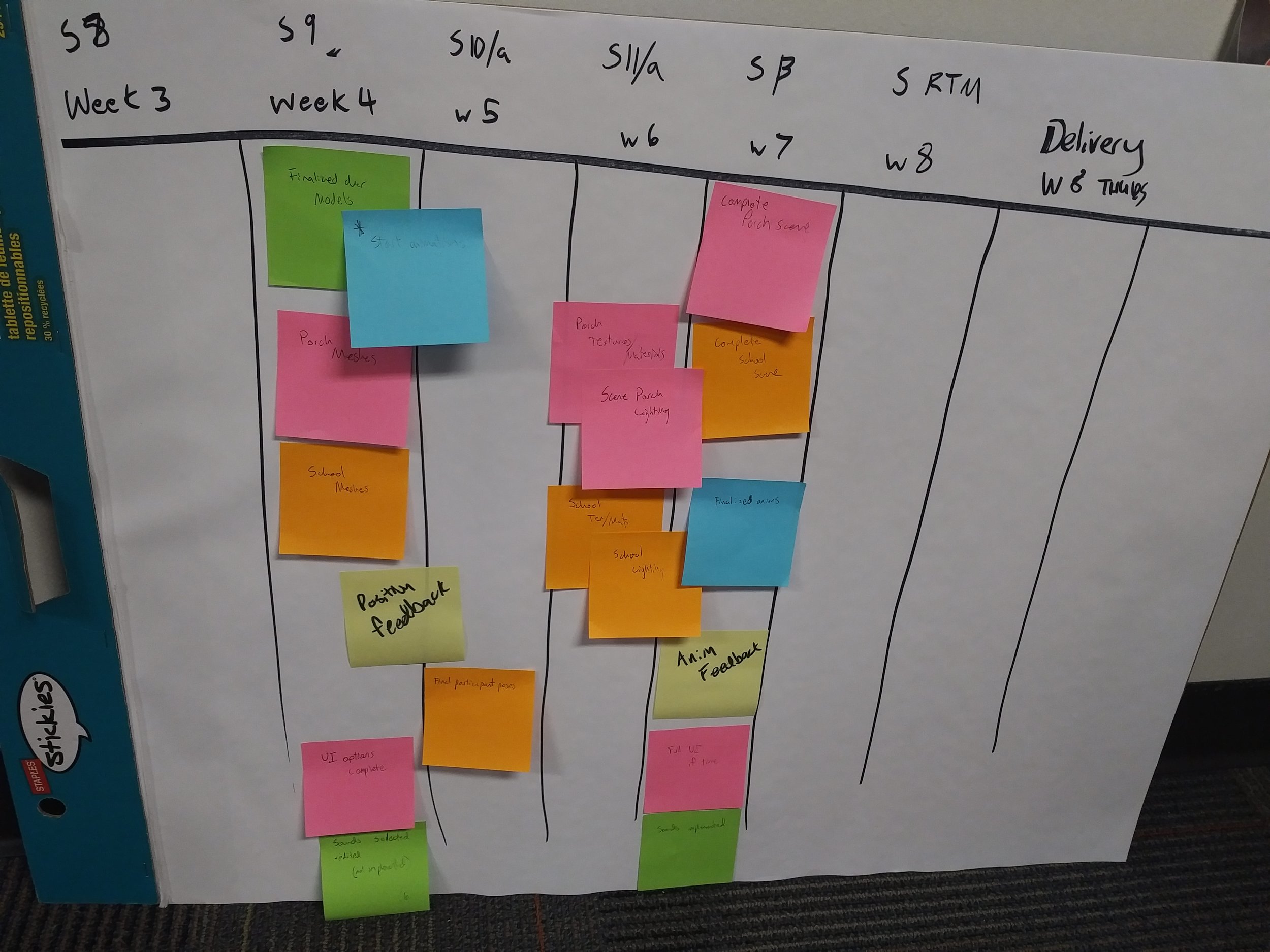

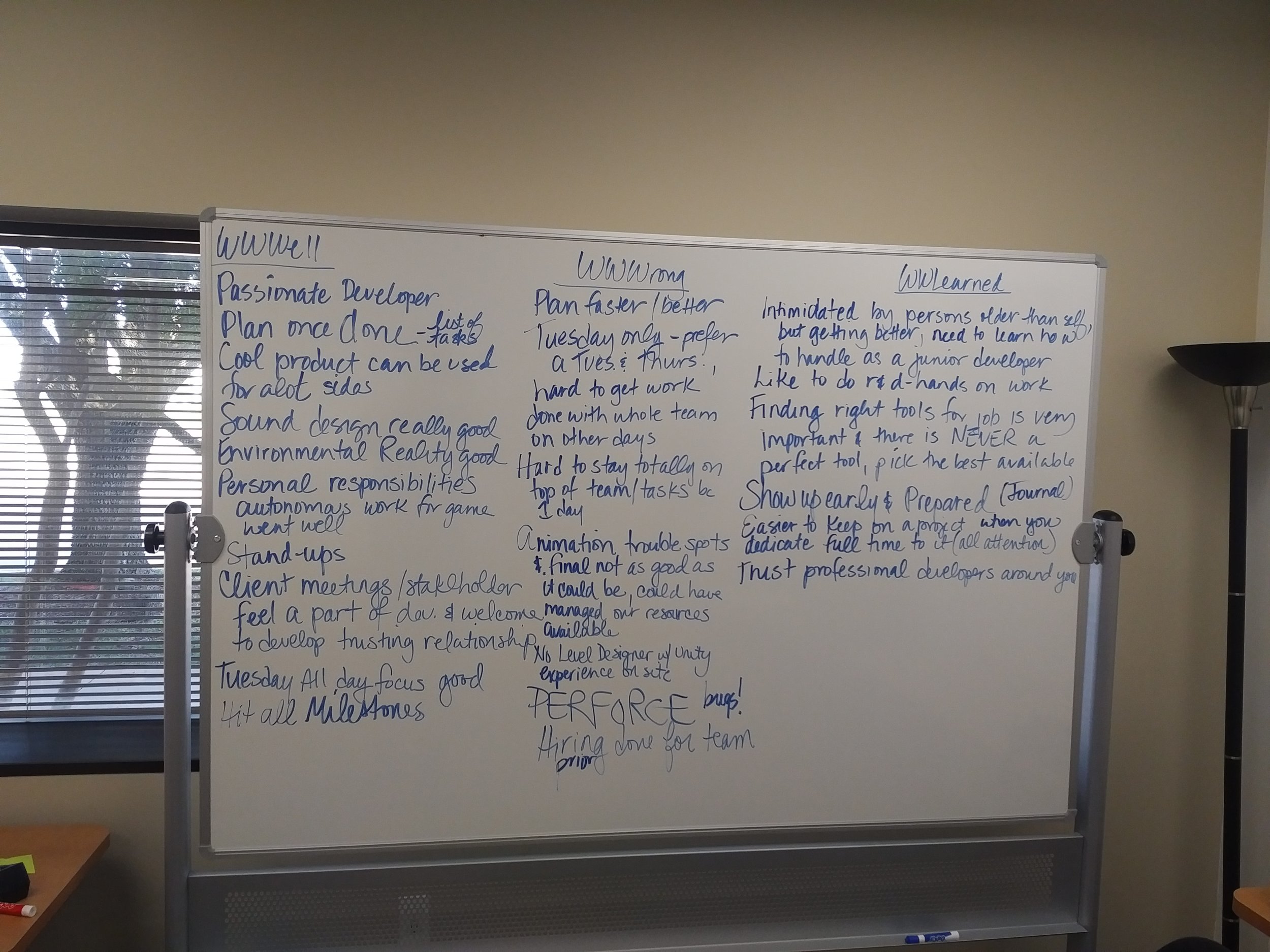
Risk Assessment/Management
ASSESSMENT: young producers, experienced team
MANAGEMENT: Use experience from developers
Method: Heavily involve development team in production methods, materials. Trust your developers
The development team on The Avatars Project had much more experience than the producers on the project. When working on tool selections and methodology decisions I heavily consulted the development team to ensure that their workflow was not disturbed by our lack of experience. I also met with them to develop a schedule for the project, and was able to place a lot of trust in their time estimations and organize the schedule accordingly.
ASSESSMENT: Working with external clients
MANAGEMENT: receive feedback often and iterate quickly
Method: Support the Executive Producer, pass communication upwards
Throughout this project we kept constant email communication with our clients, the Psychology Department of SMU, and invited them to campus twice to receive feedback. To keep one point of contact with the clients, I sent my email communications upwards through the executive producer. I was also able to support the executive producer when clients visited by providing a hospitable experience including food and drinks.
ASSESSMENT: Lack of experience with project tools
MANAGEMENT: Become quickly ACQUAINTED with tools
Method: SPend time familiarizing with tools and reading documentation
Over the course of this project I was required to learn several new development technologies. In addition to our use of Airtable as an asset and task management software, I learned how to use the Oculus Rift. I was responsible for installation, troubleshooting, and writing usage instructions for our customers. I used the programs and hardware that were best for our team and customers, and customized my process to involve the new tools.
ASSESSMENT: Need to test/install project on target Hardware
MANAGEMENT: Designate a team member for test/install
Method: tested on Client machines, Provided feedback to developers, ordered necessary hardware
Our team had limited resources in the way of Oculus Rifts so only one developer one. Our clients had provided us with two computers to integrate on. I ordered a new Oculus Rift for the client, installed it and tested the project over several milestones to validate builds and test features. Feedback i collected was given back to developers. At the end of development the client computers were returned with the app and Rifts installed.
The Avatars Project: Postmortem




